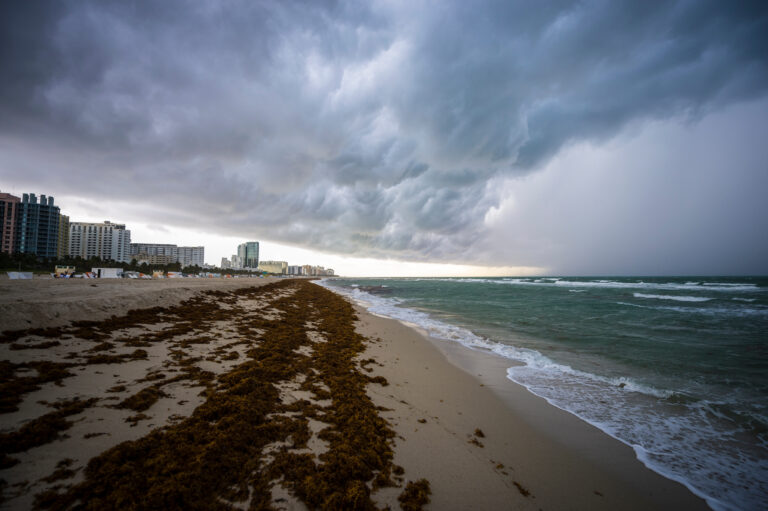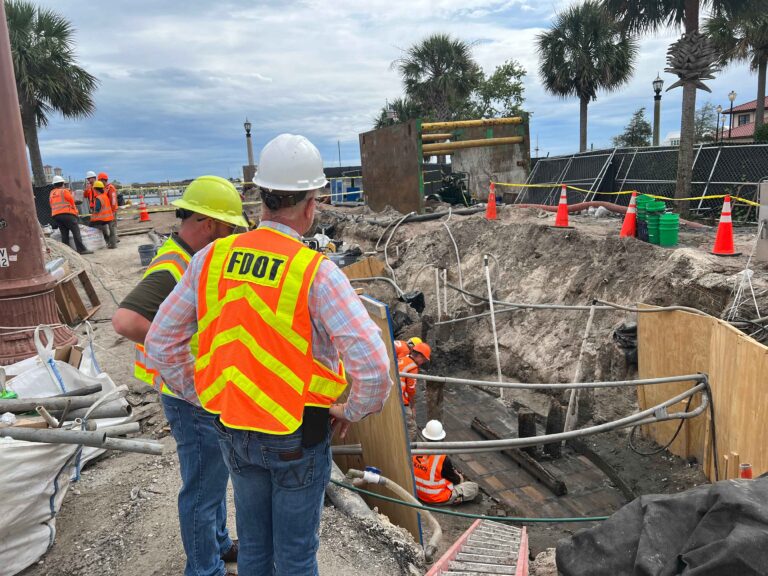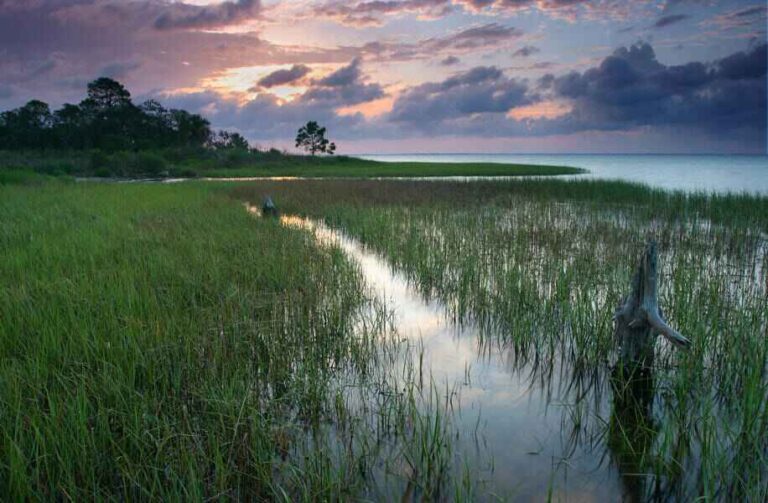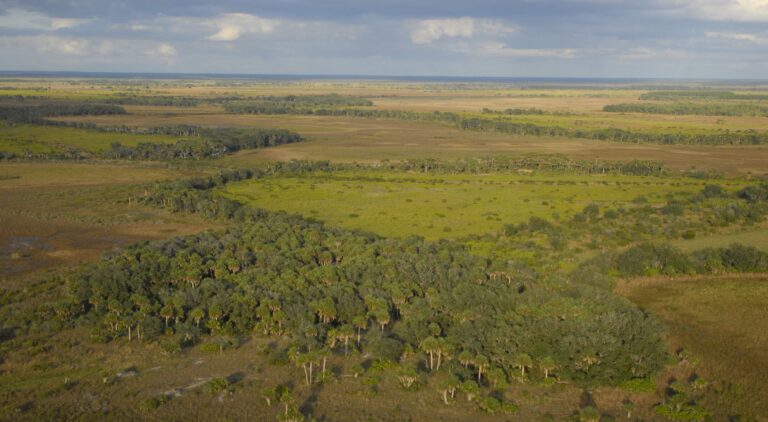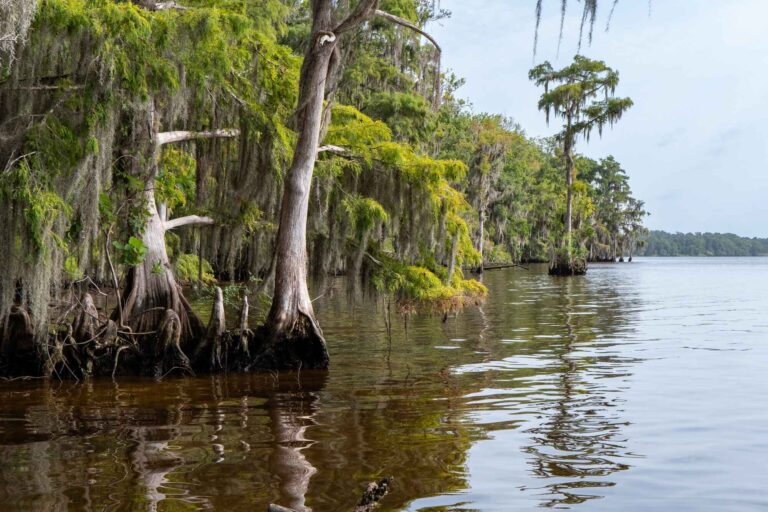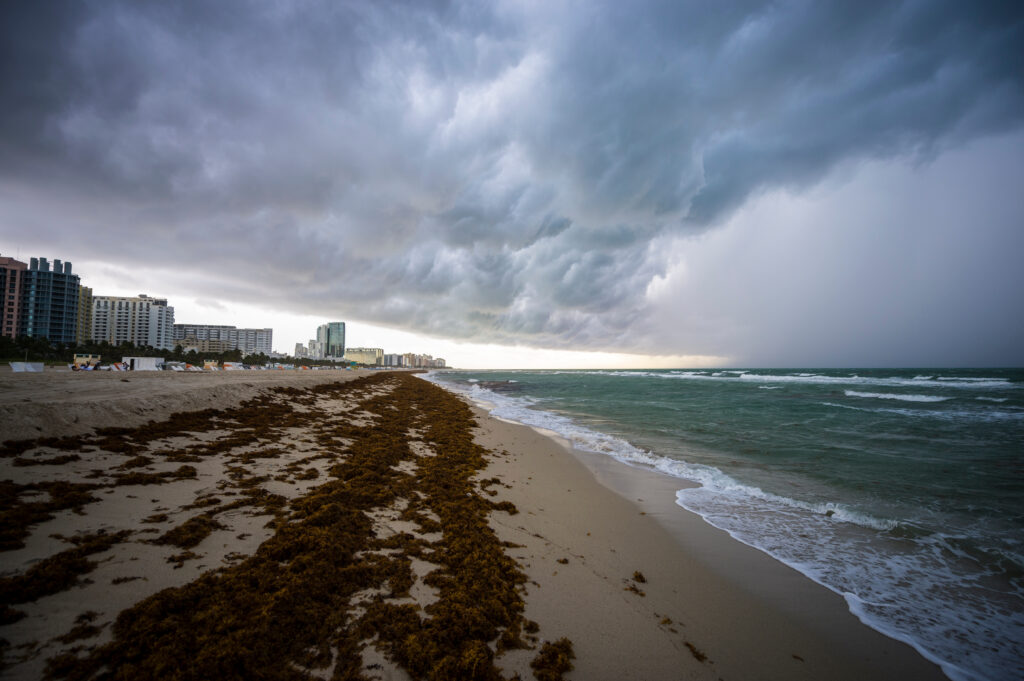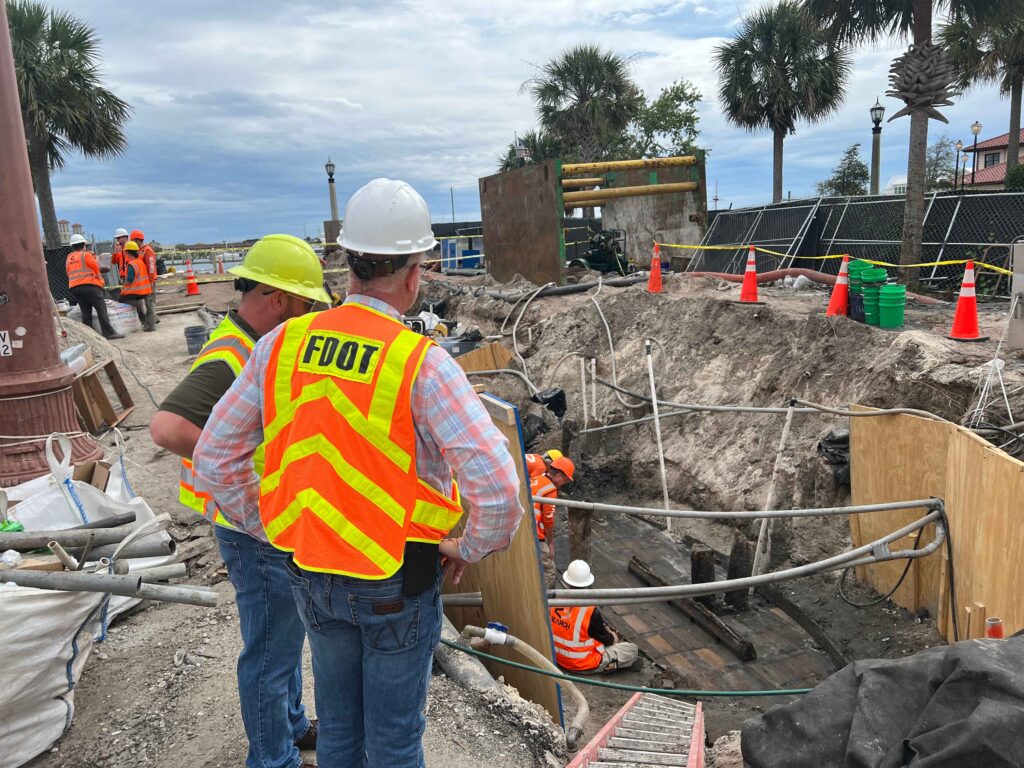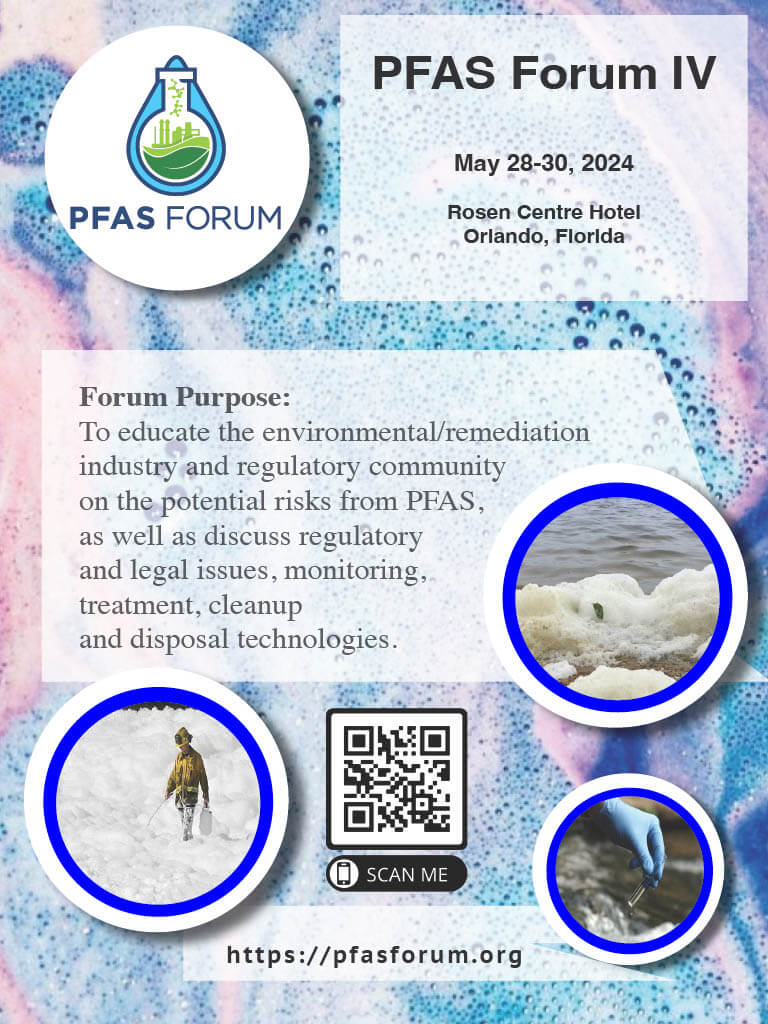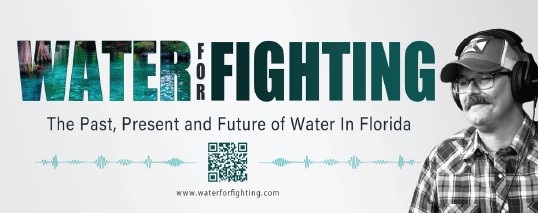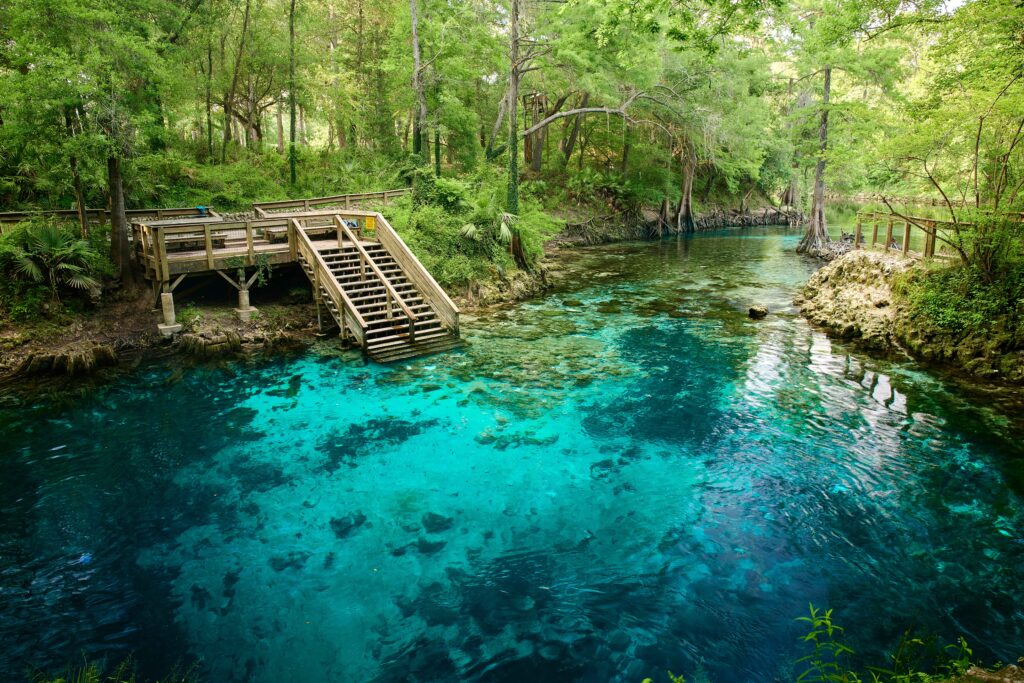
By STAFF REPORTS
Water. It’s easy to take for granted. Most of the time, access to water is as simple as turning on the faucet. Water is not just for us, but for life as we know it. But when was the last time you thought about where your water comes from? Or thought about the possibility of not having water?
In Florida, we’re fortunate to be a water-rich state, especially in North Florida, where we’re surrounded by the Atlantic Ocean, Gulf of Mexico, and hundreds of lakes, rivers, and springs that provide an abundance of this vital resource. Additionally, Florida is one of the rainiest states in the US, with an average rainfall of approximately 54 inches annually.
So, why should we worry about water?
Florida is seeing unprecedented growth – recent estimates show approximately 1,000 people moving into our state daily, all of whom will need water. The Floridan Aquifer supplies more than 90 percent of drinking water to residents of North Florida. Estimates show that approximately 271 million gallons of groundwater are used daily in the Suwannee River Water Management District (District) region, which includes nine counties and portions of another six in North Florida. This water is used for drinking, bathing, watering lawns, growing crops, providing water for industrial needs and much more.
The same aquifer that meets those demands also supplies water to our rivers and springs. As the state continues to grow, and more residents move into this area, the District must plan for the region to have enough freshwater resources to meet growing demands, not just for today, but as far as 20 years in the future as well, while protecting and sustaining natural resources.
The most effective way of addressing this challenge is through water supply planning.
Every five years, the District is required to update its water supply assessment to evaluate whether existing and anticipated water sources are capable of meeting future demands while continuing to sustain its local water resources and natural systems. If those demands cannot be met, a regional water supply plan must be developed.
There’s a lot that goes into a water supply plan. The plan must include management strategies, water conservation potential, and alternative water supply projects that can be implemented to meet future needs.
This process doesn’t happen in a vacuum – it’s an open and public process and includes local governments, public supply utilities, self-suppliers, and other stakeholders.
The District has two planning regions. The eastern portion of the District is covered by the North Florida Regional Water Supply Plan, a joint effort with the St. Johns River Water Management District, which was adopted in 2023. The two agencies are now starting the process of analyzing data and estimating growth to update the plan in 2028. The Western Planning Region covers the remaining counties in the District, Dixie, Lafayette, Madison, Taylor, and parts of Jefferson and Levy counties. The first ever Western Water Supply Plan was approved in 2024.
This planning is beneficial to residents and our natural resources because it provides an outline for future water management decisions. It also helps the state decide how water demands can be met, and what new initiatives need to be developed to avoid any shortfalls.
Water is life, and we want to ensure there is plenty to go around.
For more information about water supply planning and the efforts that go into it, please visit www.MySuwanneeRiver.com.


